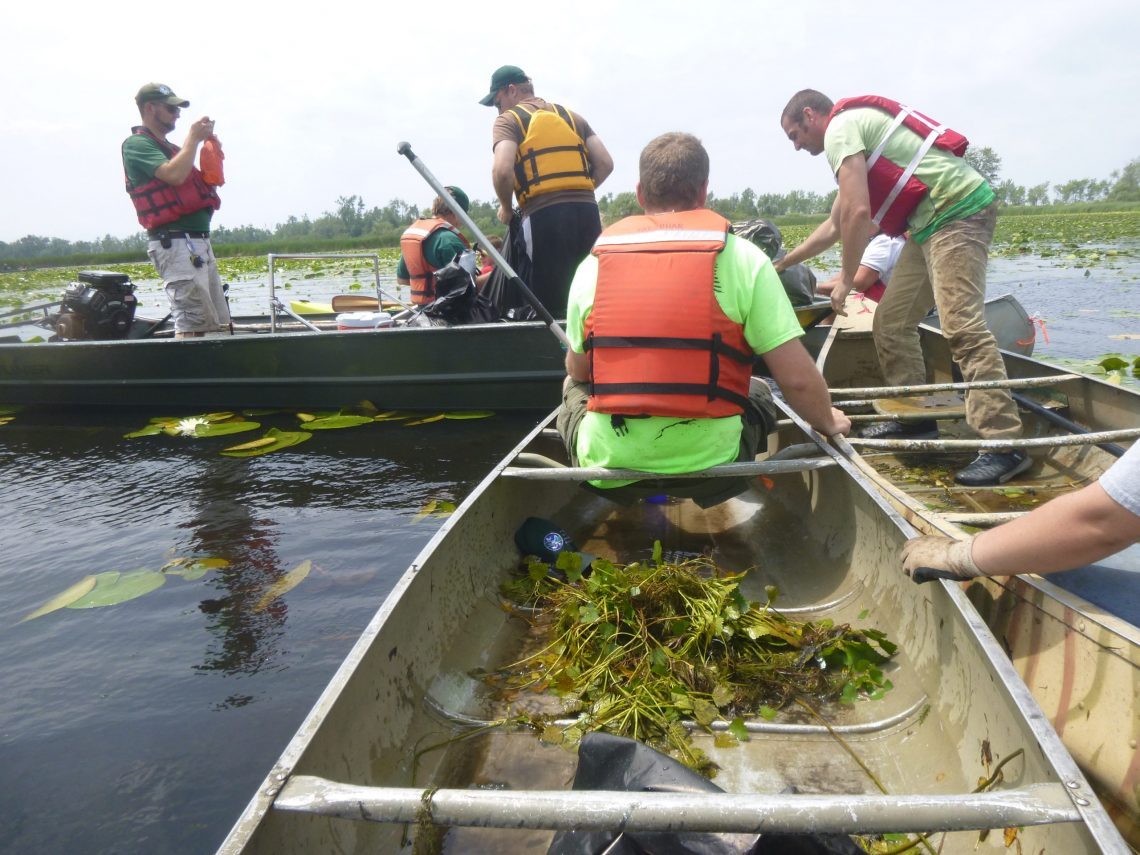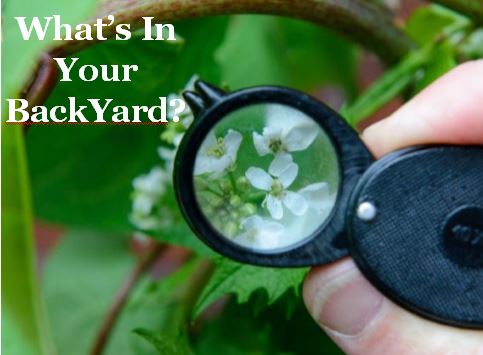Help protect hemlocks by joining a state-wide HWA Mapping Challenge occurring now through March 15th!
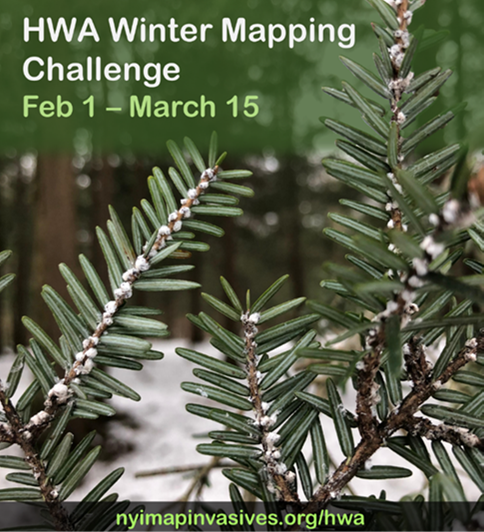
HWA Winter Mapping Challenge
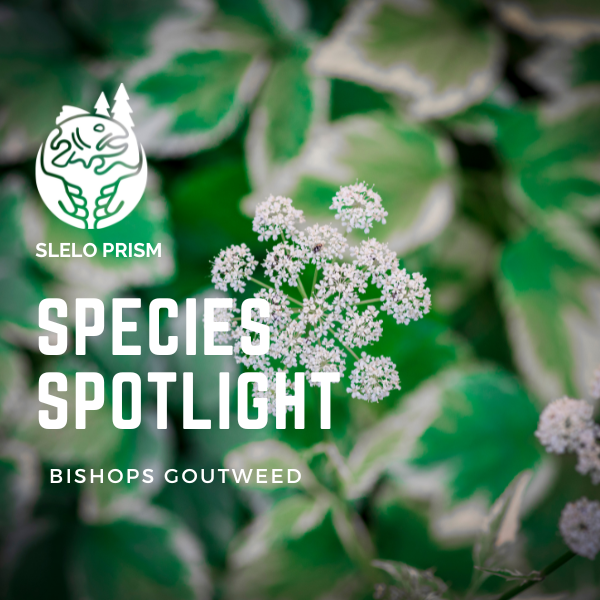
Species Spotlight: 2024 Winter Newsletter
The name “goutweed” originated from its medicinal use for treating gout– which likely lent to it’s introduction by early settlers. Despite its medicinal purposes, goutweed has become known as an invasive species.
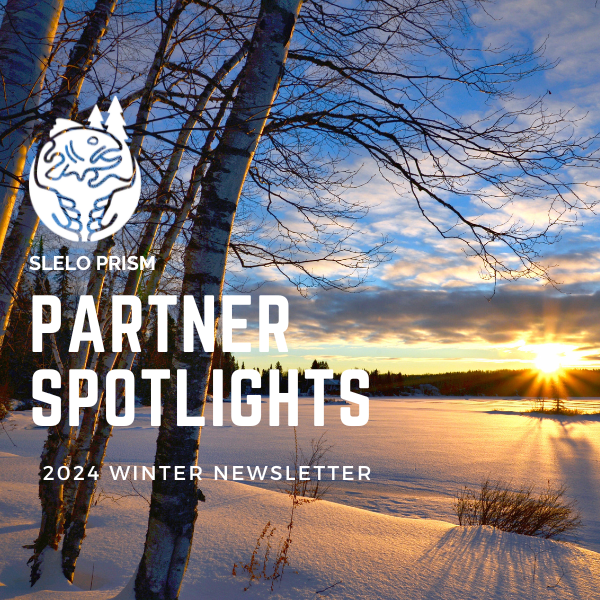
Partner Spotlights: 2024 Winter Newsletter
Hear from the Regional Forest Health Network regarding their new collaboration with SLELO PRISM, and updates from the Tug Hill Commission.
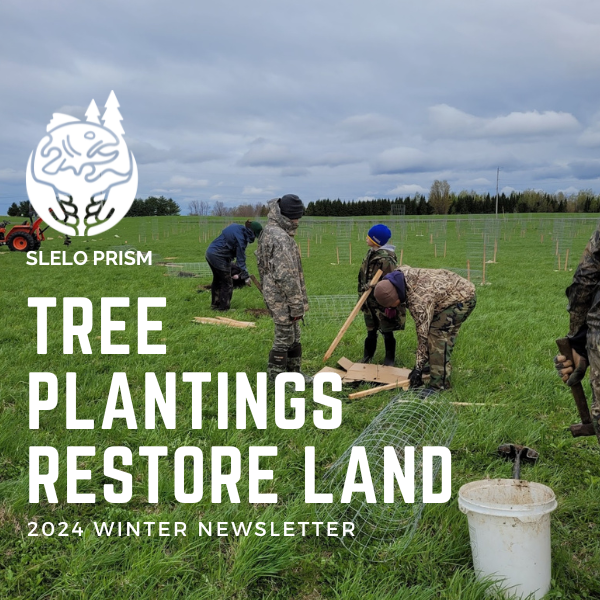
Tree Plantings Restore Land
4500 trees were planted by a community member to restore old farmland.
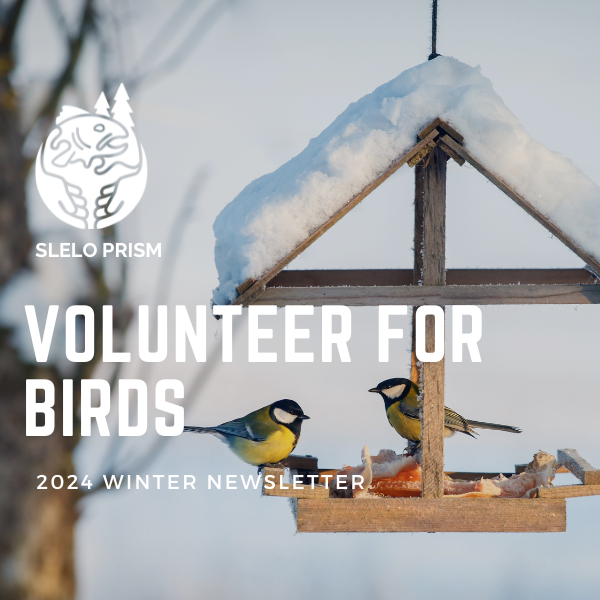
Volunteer for Birds
Our partners at the Tug Hill Tomorrow Land Trust invite community members to participate in a bird observation program.
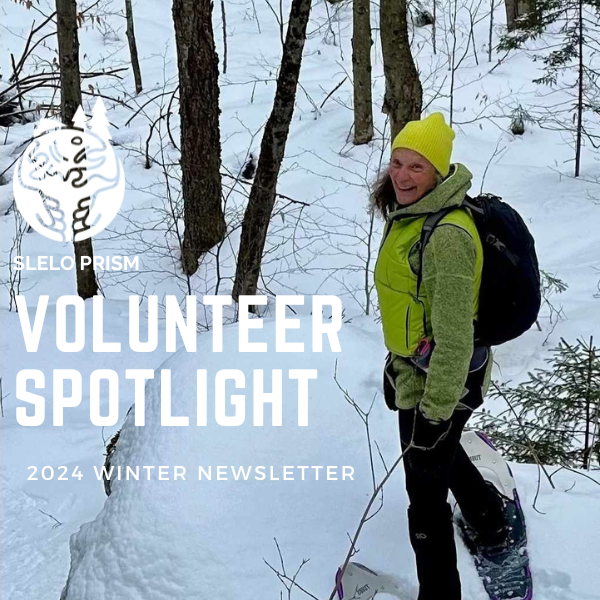
Volunteer Spotlight:2024 Winter Newsletter
Volunteers enhance our work. Check out this Volunteer Showcase to learn more about our wonderful volunteers!
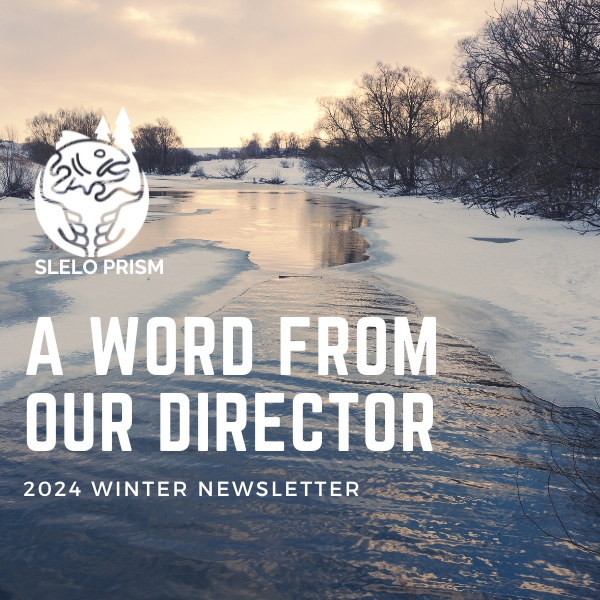
A Word From Our Director: 2024 Winter Newsletter
A shout-out to the SLELO Team, our partners, and volunteers for another excellent year in program delivery. Together we made tremendous progress on our conservation initiatives!
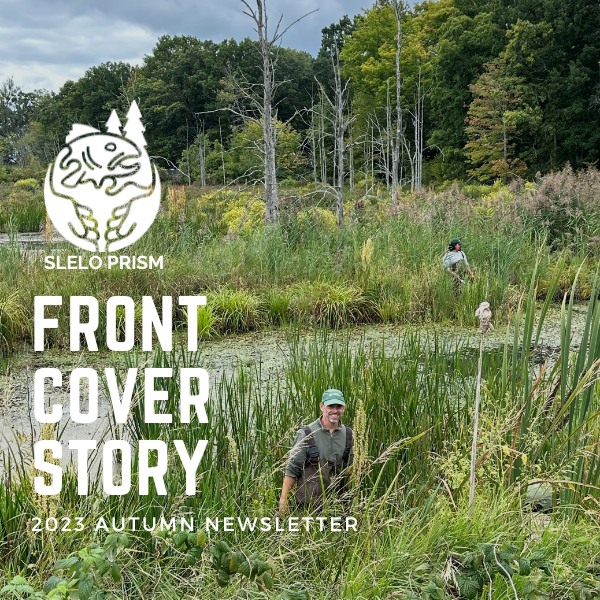
3500 Plantings Help Restore Native Habitat
Our partners with the NYS Office of Parks Recreation and Historic Preservation planted over 3,500 native species to restore habitat on Wellesley Island.
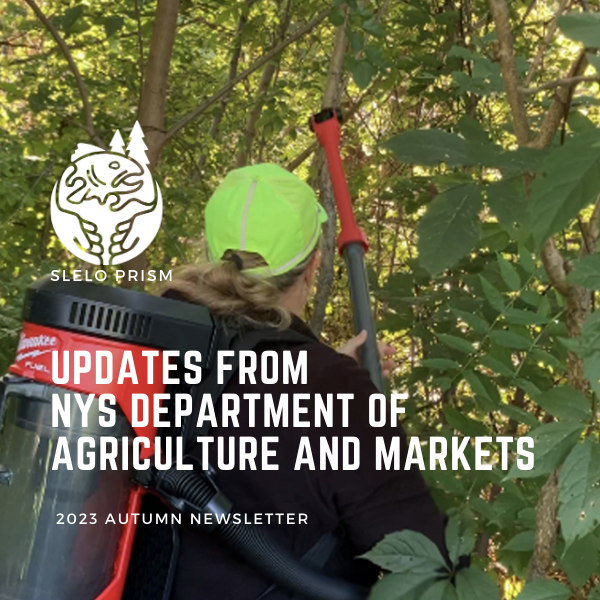
Updates From the NYS Department of Agriculture and Markets
Hear from our partners with the NYS Department of Agriculture and Markets for the latest updates on spotted lanternfly and box tree moth.
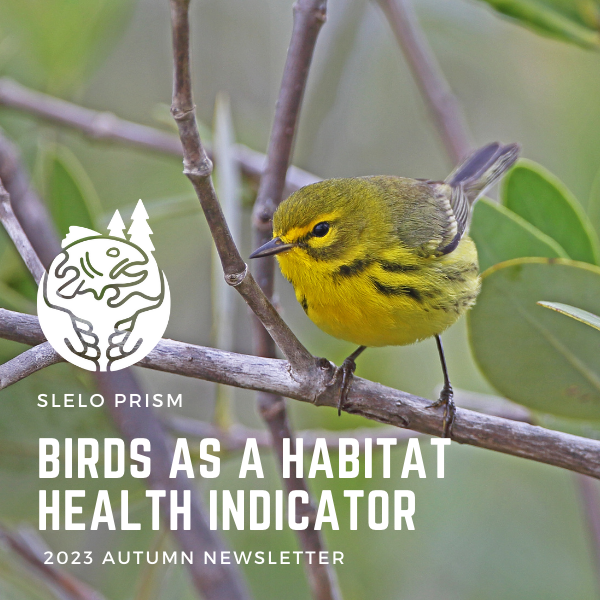
Birds as a Habitat Health Indicator
In addition to being extraordinarily wonderful ambassadors for North American wildlife, as biological indicators birds are relatively quick to respond to changes in ecosystem composition, structure, and function; this includes those changes brought by both the invasion and management of invasive species.
